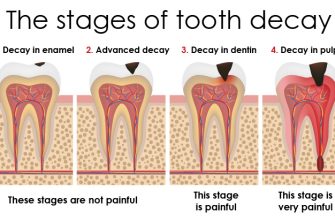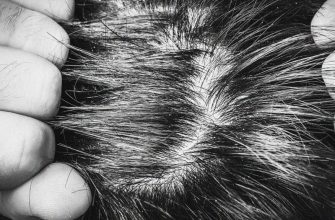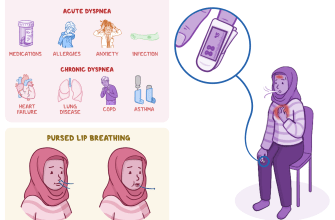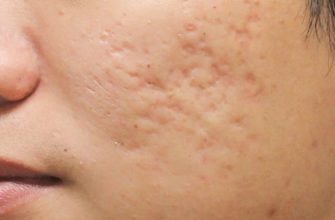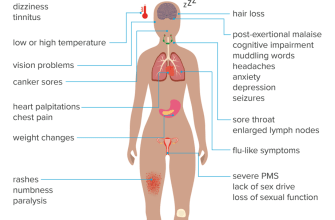Craniosynostosis is a condition that affects the skull, causing the bones to fuse together prematurely. This fusion restricts the growth of the skull, leading to various symptoms and potential complications. Understanding the causes, symptoms, and treatment options for craniosynostosis is crucial for early diagnosis and effective management of the condition.
Craniosynostosis Causes
The exact cause of craniosynostosis is not always known. However, certain factors can increase the risk of this condition:
- Genetic mutations: Some cases of craniosynostosis are associated with genetic mutations that affect the development of the skull.
- Family history: If a close family member has craniosynostosis, the risk of developing the condition may be higher.
- Environmental factors: Certain environmental factors, such as maternal smoking during pregnancy or exposure to certain medications, may increase the risk of craniosynostosis.
Craniosynostosis Symptoms
The symptoms of craniosynostosis can vary depending on the severity and type of fusion. Common symptoms include:
- Abnormal head shape: The most noticeable symptom is an abnormal head shape, such as a flat spot or an uneven appearance.
- Visible or palpable ridges: In some cases, ridges or seams may be visible or felt along the fused sutures.
- Delayed development: Craniosynostosis can affect brain growth, leading to developmental delays or cognitive impairments.
- Headache or pressure: Older children and adults with craniosynostosis may experience headaches or pressure within the skull.
- Vision or hearing problems: In certain types of craniosynostosis, the fusion can affect the development of the face and skull, leading to vision or hearing problems.
Craniosynostosis Diagnosis
Diagnosing craniosynostosis typically involves a thorough physical examination and medical history review. Additional tests may be recommended to confirm the diagnosis and determine the extent of the condition:
- Imaging tests: X-rays, CT scans, or MRI scans can provide detailed images of the skull, allowing healthcare professionals to assess the fusion and its impact on brain development.
- Genetic testing: In some cases, genetic testing may be performed to identify any underlying genetic mutations associated with craniosynostosis.
Craniosynostosis Types
There are several types of craniosynostosis, each affecting different sutures of the skull:
- Sagittal synostosis: This is the most common type, where the sagittal suture fuses prematurely, resulting in a long and narrow head shape.
- Coronal synostosis: In this type, the coronal suture fuses, causing the forehead to appear flattened on one side.
- Metopic synostosis: The metopic suture fusion leads to a triangular-shaped forehead and a narrow appearance.
- Lambdoid synostosis: This type involves the fusion of the lambdoid suture, resulting in a flattened or twisted head shape.
Craniosynostosis Treatment
The treatment for craniosynostosis depends on the severity of the condition and the age of the individual:
Non-surgical Treatment
In mild cases of craniosynostosis, where there are no significant complications, non-surgical treatment options may be considered:
- Helmet therapy: This involves the use of a custom-fitted helmet to help reshape the skull by applying gentle pressure on the unaffected areas.
- Physical therapy: Physical therapy exercises can help improve muscle strength and coordination, especially in cases where developmental delays are present.
Surgical Treatment
In more severe cases of craniosynostosis or when non-surgical treatments are not effective, surgery may be necessary:
- Craniectomy: This procedure involves removing the fused suture to allow the skull to grow normally. The removed bone is reshaped and repositioned.
- Cranial vault remodeling: In this surgery, the skull bones are reshaped and repositioned to correct the abnormal head shape.
Craniosynostosis Complications
If left untreated, craniosynostosis can lead to various complications:
- Increased intracranial pressure: The restricted skull growth can cause increased pressure on the brain, leading to potential neurological problems.
- Vision and hearing impairments: Depending on the type and severity of craniosynostosis, the fusion can affect the development of the face and skull, leading to vision or hearing problems.
- Developmental delays: Craniosynostosis can impact brain growth, potentially causing developmental delays or cognitive impairments.
Craniosynostosis in Infants and Adults
Craniosynostosis is most commonly diagnosed in infants, as the abnormal head shape is often noticeable at birth or during early childhood. However, in some cases, craniosynostosis may go undiagnosed until adulthood. Adult craniosynostosis can present with similar symptoms, such as headaches, vision problems, or an abnormal head shape. Treatment options for adult craniosynostosis may include surgery to correct the fusion and alleviate symptoms.
In conclusion, craniosynostosis is a condition characterized by the premature fusion of skull bones. Early diagnosis and appropriate treatment are essential to manage the condition effectively. Understanding the causes, symptoms, and treatment options for craniosynostosis can help individuals and healthcare professionals identify and address the condition promptly, ensuring optimal outcomes and improved quality of life.



